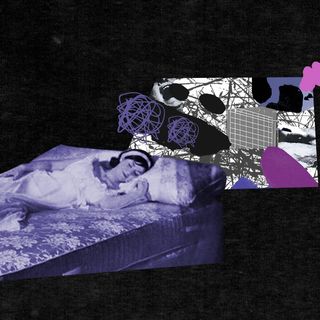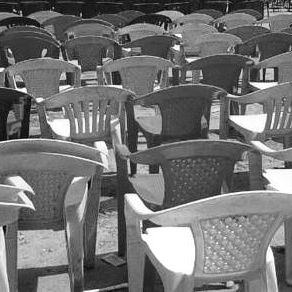Many Indians take immense pride in their traditional joint family units. But, amid a highly contagious coronavirus pandemic, multi-generational joint family-living could put some members at added risk.
Coronavirus often infects clusters of family members and friends, Dr. David L. Heymann, who chairs an expert panel advising the World Health Organization on emergencies, told The New York Times. In China, almost 80% of transmission appears to have occurred within families. A similar pattern has been reported in the U.S. as well.
In the context of India, where different generations of family members often stay together under the same roof, social distancing can be logistically difficult. While the elderly are at a higher risk of severe illness from the pandemic, the younger members of their family are more likely to be asymptomatic carriers. Making these demographics cohabit, instead of isolating one from the other, might be making the elderly more susceptible to infection.
Related on The Swaddle:
Stop Vilifying Kanika Kapoor. We Gain Nothing From Stigmatizing Illness.
India could draw inspiration from Wuhan, China, which recognized the risks to family members that arise when infected patients are advised to remain at home, and to address that, set up “temporary hospitals” equipped with cots and oxygen tanks aimed at providing a place for the mildly and moderately ill to recuperate away from families, under the care and observation of nurses. “[The isolated patients] realized they were keeping their families safe. Isolation is really lonely. It’s psychologically difficult. Here, they were all together with other people in the same boat. They supported each other,” Dr. Bruce Aylward, leader of the World Health Organization’s observer team in China, told The New York Times.
However, this might not be the ultimate solution to India’s dilemma because extreme isolation is a step that most countries are resorting to only after positive diagnoses of patients; India lacks the resources to test every symptomatic individual, let alone asymptomatic individuals.
This leaves families with social distancing as the only option to protect their seniors. “The elderly must be isolated in separate rooms, and younger members must maintain a distance of one meter, or approximately, three feet, with them during interactions,” Dr. Kavitha, a consultant general physician and geriatrician at Sparsh Hospitals, Bengaluru, told us. While vehemently emphasizing the need to keep them isolated, she added that any member of the family, who has traveled recently, must not interact with them at all.
However, economic and space constraints prevalent in India might not make it easy for all joint families across the country to effectively separate different generations.
At this juncture, directives from the Indian government, or national health organizations, on how to handle social distancing within multi-generational households, is the need of the hour.




